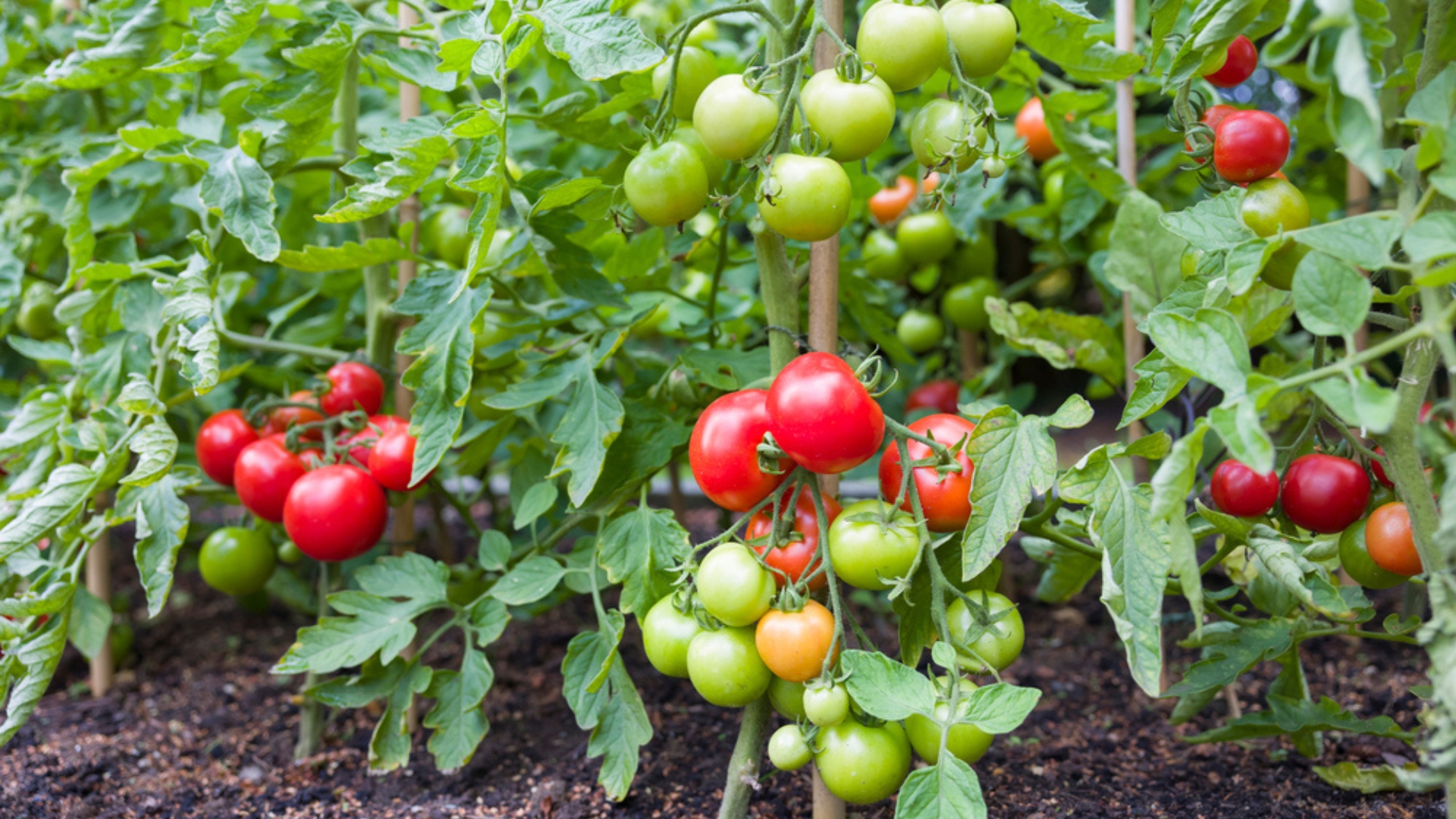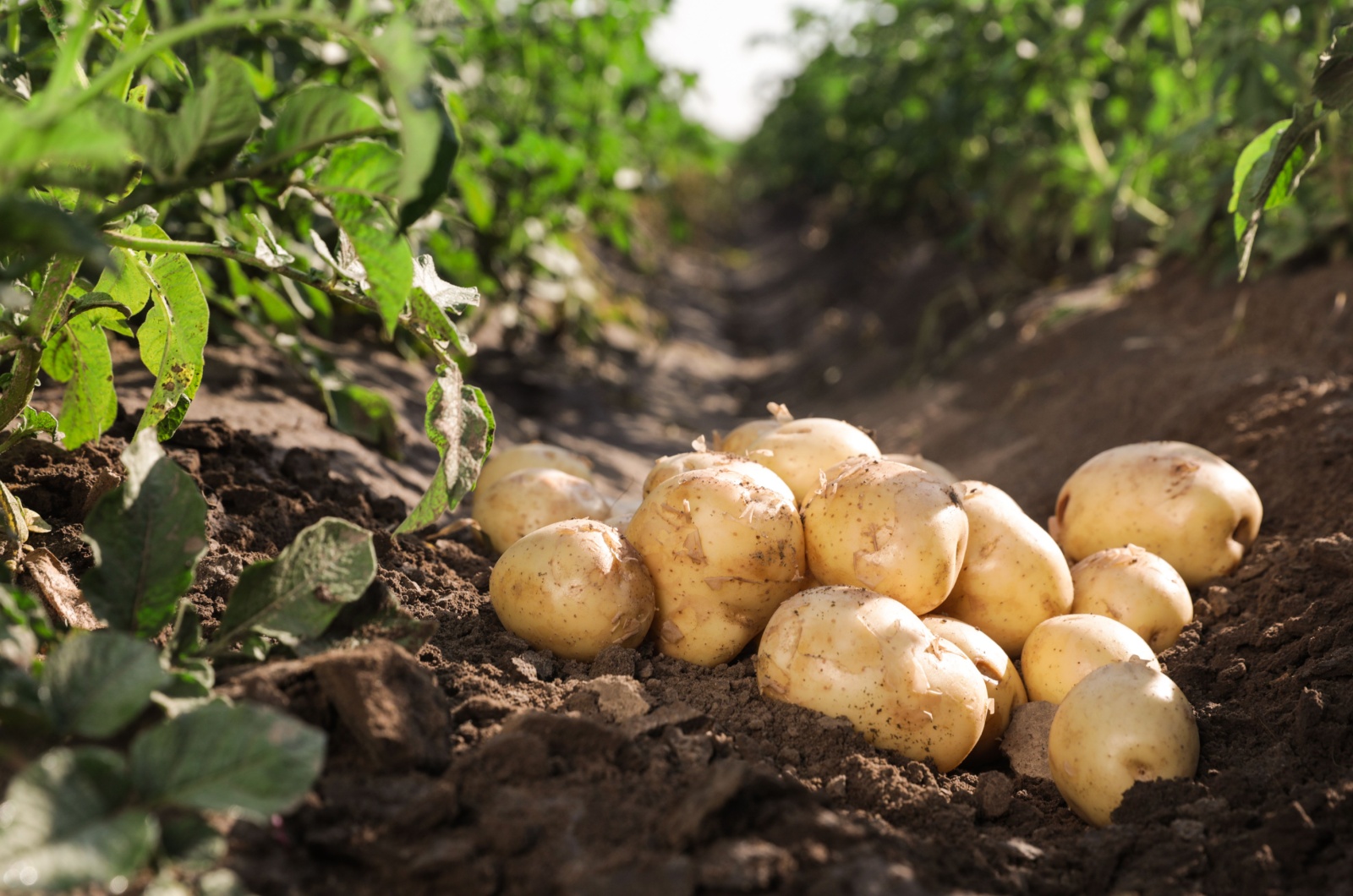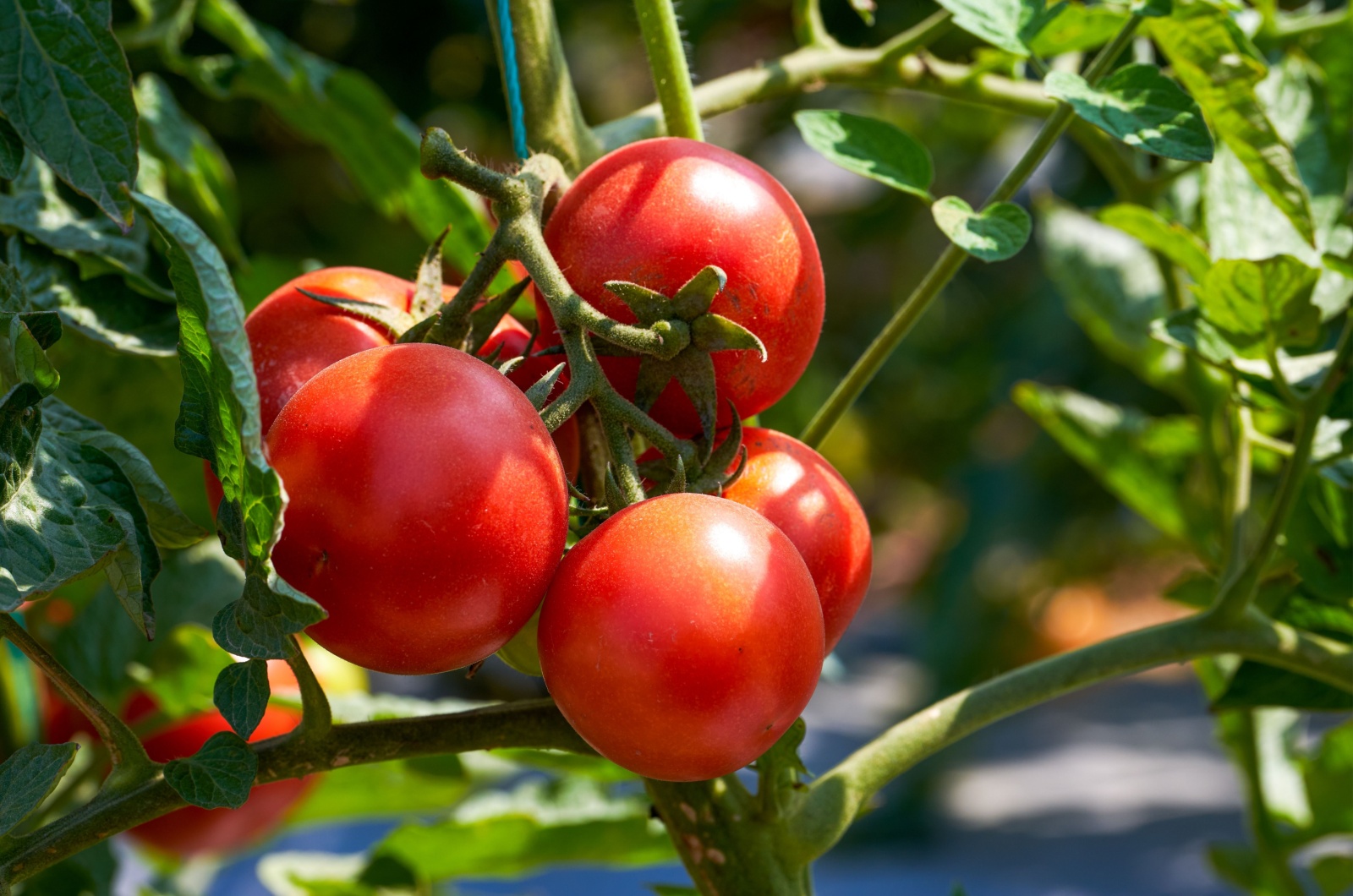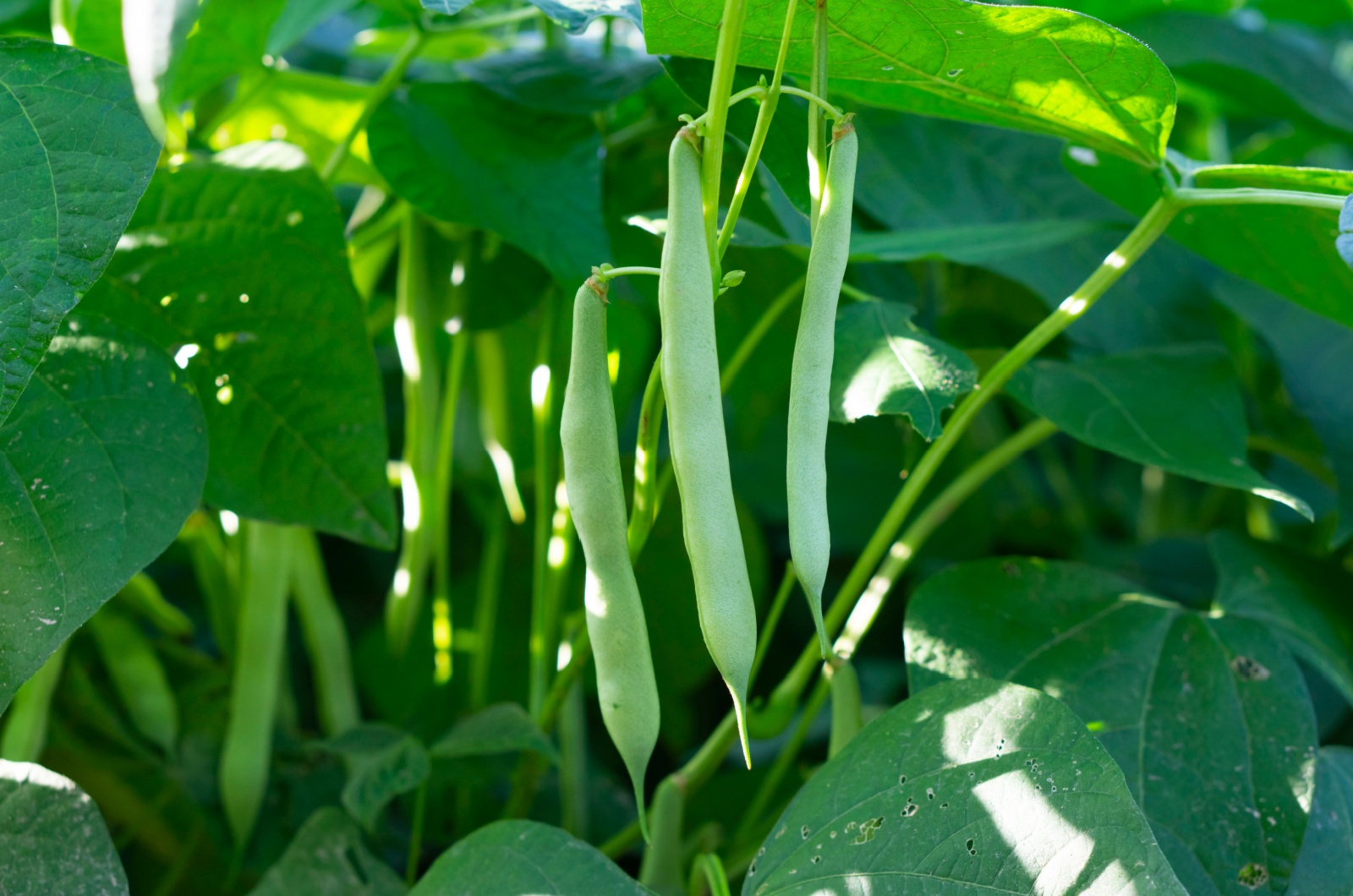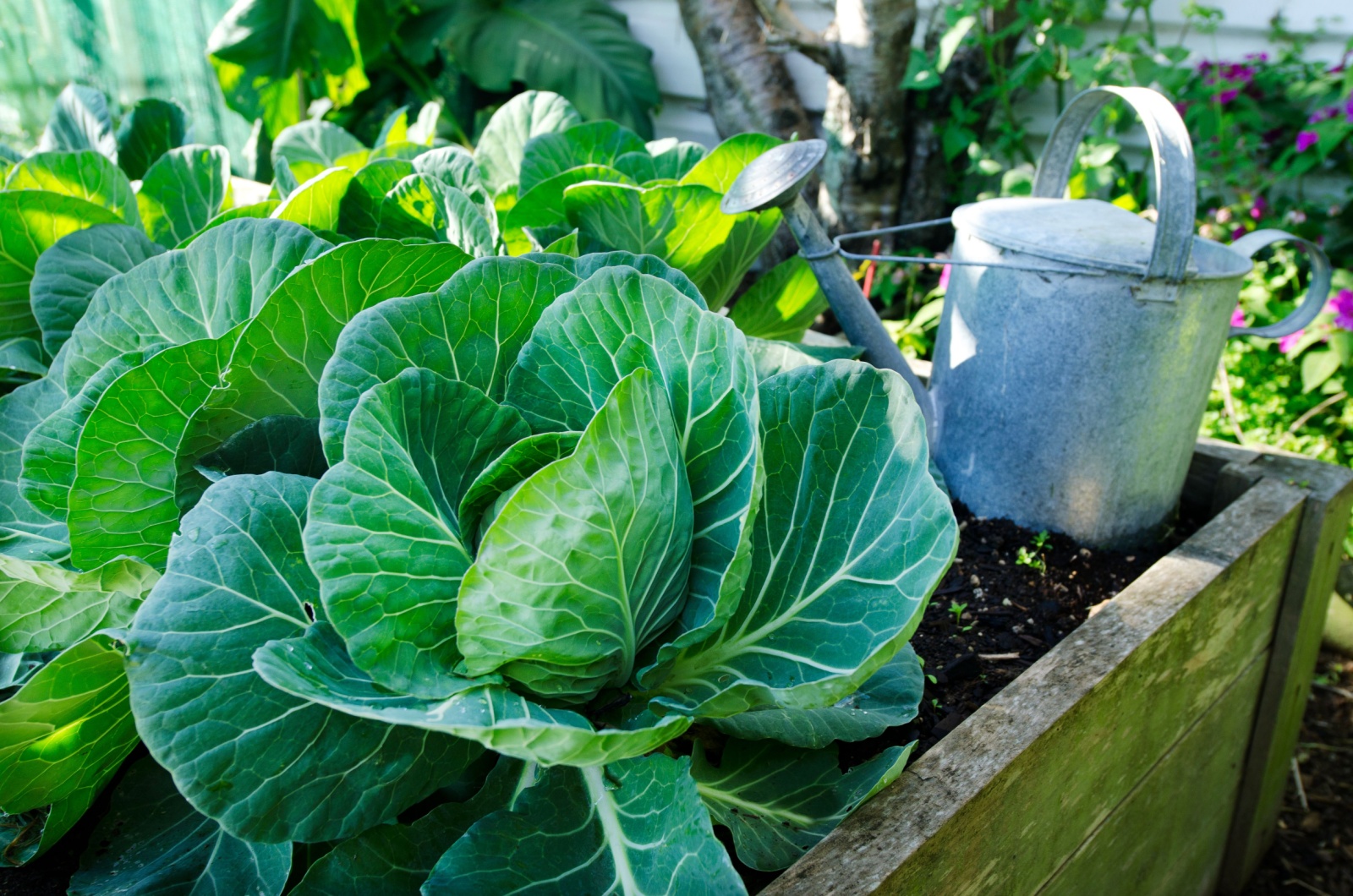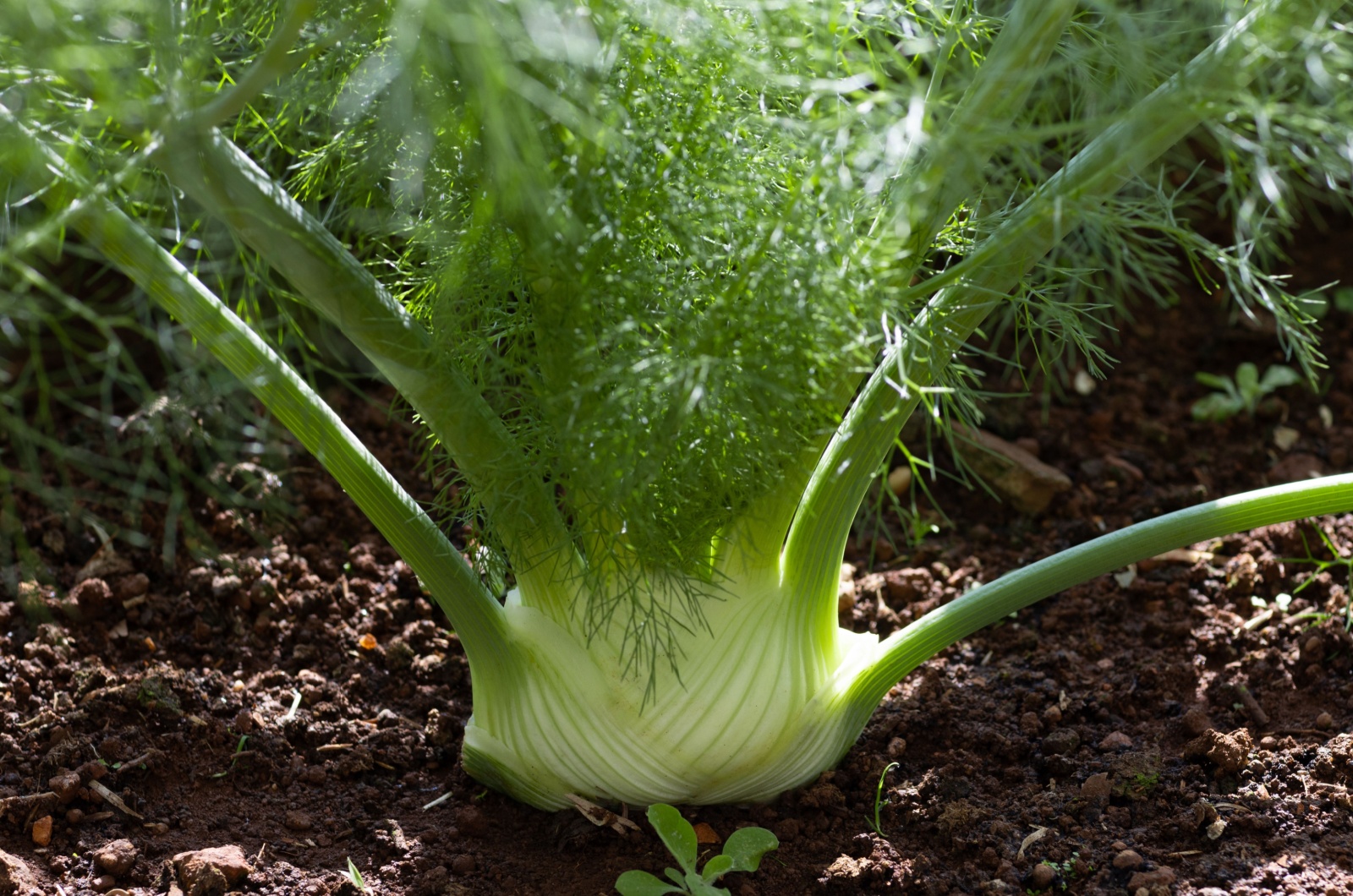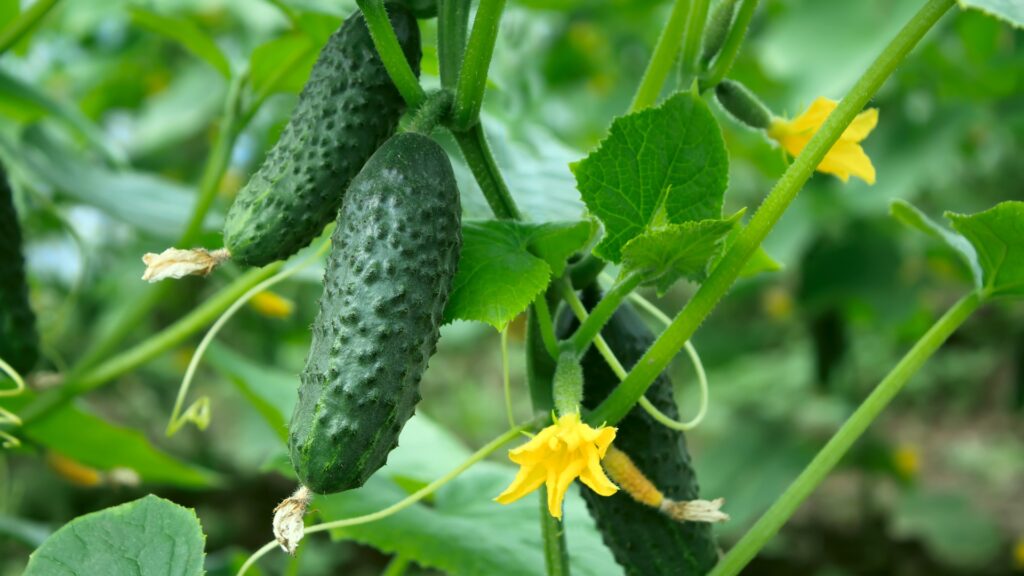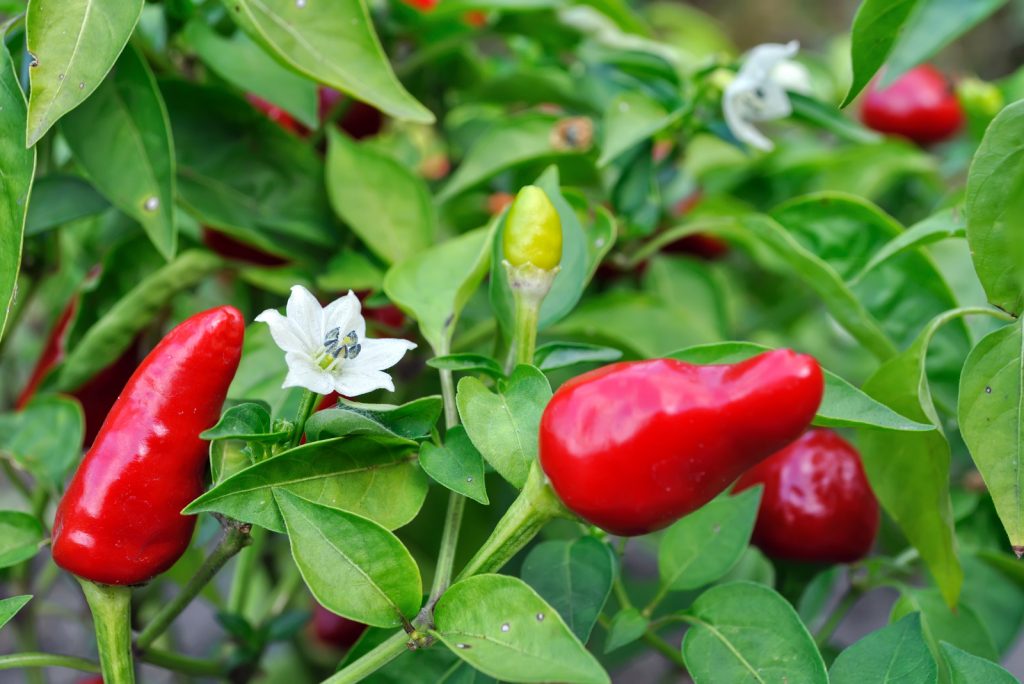Have you ever poured your heart into planting a vibrant garden, only to find that some plants seem to struggle no matter what you do? It’s baffling to see lush, green leaves one week and drooping, lackluster growth the next.
I’ve been there – wondering whether it was the soil, the watering schedule, or just plain bad luck. But then I discovered something surprising: it’s not always about how you care for your plants, but who they’re sharing space with.
If you’ve ever had that sinking feeling that something’s just off, you’re not alone. The solution might be as simple as rethinking a few planting choices. Curious? Keep reading – you’ll be surprised by which veggies don’t get along, trust me!
#1 Tomatoes And Potatoes Are Better Off As Neighbors, Not Roommates
Tomatoes and potatoes might seem like a dream team – they’re both staples in so many favorite dishes. But in the garden, they’re far from a perfect match!
The trouble starts with their shared vulnerability to a destructive disease called late blight. This fungal pathogen spreads like wildfire, and planting these two crops close together creates the perfect conditions for it to thrive.
What’s more, these plants aren’t just rivals above ground. Below the surface, their roots are constantly competing for nutrients and space. This struggle can leave both plants stunted, making it difficult to achieve the lush growth and abundant harvests any gardener hopes for!
#2 Say No To Carrot-Dill Drama In Your Soil
At first glance, carrots and dill might seem like they’d make the perfect pair – both are delicate and aromatic. But look a little closer, and you’ll find that these two plants don’t get along as well as you’d think!
Dill has a sneaky side – it releases compounds into the soil that disrupt carrot growth, leaving you with stunted or oddly shaped roots instead of the crisp, plump carrots you imagined pulling up. It’s like expecting perfection but getting a wonky surprise instead!
And it doesn’t end there. Dill is a fast grower, quickly spreading out and hogging space. Its tall, leafy structure can overshadow the slower-growing carrots, robbing them of sunlight and nutrients.
The result? Carrots that are smaller, weaker, and struggling to thrive in a space they were meant to share!
#3 Separate Corn And Tomatoes For A Pest-Free Zone
If you want a pest-free garden, keeping corn and tomatoes apart is a smart move. Corn attracts pests like the corn earworm, which doesn’t stop at nibbling on ears of corn – it happily moves over to tomatoes, turning them into its next snack.
But pests aren’t the only issue! Corn, with its tall, sun-loving stalks, can cast heavy shade over tomatoes, leaving them struggling to get the sunlight they need to thrive.
On the other hand, tomatoes can sprawl into corn’s space, creating a crowded, tangled mess that makes it difficult for either plant to grow properly.
#4 Keep Beans And Onions Apart For A Better Harvest
When it comes to beans and onions, their differences can create a rocky relationship in the garden.
Onions release sulfur compounds that can stunt the germination and growth of beans. Instead of lush, productive plants, you may end up with beans that seem stunted or underdeveloped!
The mismatch doesn’t stop there. Onions thrive in nutrient-balanced soil, while beans are nitrogen fixers that naturally enrich the earth. This imbalance can interfere with onions’ ability to develop strong, healthy bulbs, reducing their overall productivity!
#5 Don’t Let Cabbage Crowd Your Strawberries
Strawberries and cabbage might sound like an interesting pair, but in the garden, they’re anything but friendly. If you’re wondering why, one big issue is pests!
Cabbage tends to attract unwelcome visitors like slugs and aphids, and these pests don’t hesitate to move on to the strawberries, turning them into their next meal.
Then there’s the matter of nutrition. Cabbage is a heavy feeder, soaking up most of the nutrients in the soil. Strawberries, which are far less demanding, can’t keep up.
Without enough nutrients to go around, your strawberry plants may end up weak and struggling to produce their signature sweet fruit.
And let’s not forget the size of the cabbage. Its large, leafy structure spreads out and blocks sunlight from reaching the strawberries, leaving them struggling to grow. If you want plump, juicy berries and healthy cabbages, giving them their own space is a must.
#6 Fennel Is Best Grown Alone For A Reason
Fennel may be beautiful, but it’s definitely not a team player in the garden! This plant produces chemicals that disrupt the growth of nearly every vegetable around it. Instead of cooperating, fennel dominates, leaving neighboring plants weaker and far less productive.
Even companion-planting favorites like beans or tomatoes don’t stand a chance against fennel’s competitive nature. Its robust root system and chemical defenses create a “no-growth zone” for anything nearby, turning your carefully planned garden into a frustrating mess.
That’s why fennel needs plenty of space. By planting it in its own area, far from other crops, you can enjoy its vibrant fronds and aromatic seeds without compromising the health and success of your other plants.
#7 Cucumbers And Aromatic Herbs Don’t Mix Well
Cucumbers are known for their crisp, refreshing crunch, but they don’t play well with certain herbs—especially sage and rosemary. These strong-scented herbs produce natural compounds that can stunt cucumber growth, leading to weaker vines and lower yields.
But that’s not the only issue. Cucumbers thrive in consistently moist soil, while herbs like rosemary and sage prefer drier conditions. This mismatch in watering needs makes it tricky to keep both plants happy in the same space.
On top of that, cucumbers are vining plants that spread quickly, often overwhelming smaller, slower-growing herbs. Instead of letting them compete, it’s best to give cucumbers a separate area where they can sprawl freely without interfering with delicate herbs.
#8 Peppers And Kohlrabi Aren’t A Perfect Pair
Peppers and kohlrabi might seem harmless together, but in the garden, they create more problems than benefits. Kohlrabi, part of the brassica family, has an aggressive root system that can outcompete peppers for nutrients, leaving them undernourished and slow to grow.
That’s not the only downside—kohlrabi also attracts pests like cabbage loopers and aphids, which have no problem moving over to nearby pepper plants. Once these pests spread, keeping them under control becomes a challenge, leading to stunted peppers and damaged foliage.
Peppers thrive when they have enough space and nutrients to grow without interference. By keeping them away from kohlrabi, you’ll give both plants a better chance at producing a strong, healthy harvest.
By keeping these garden rivals apart, you’ll set your plants up for their healthiest, most productive season yet!

